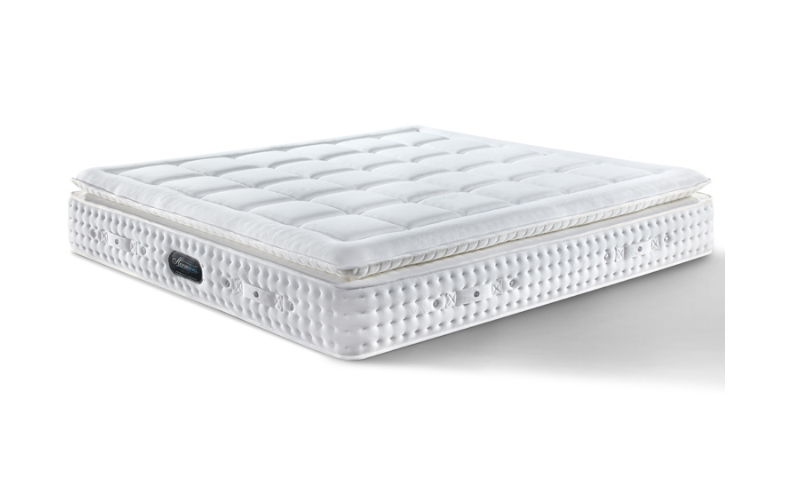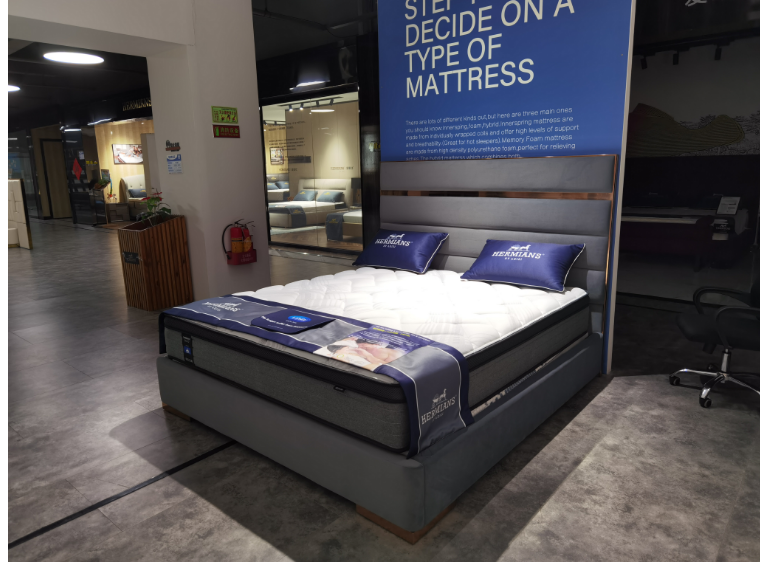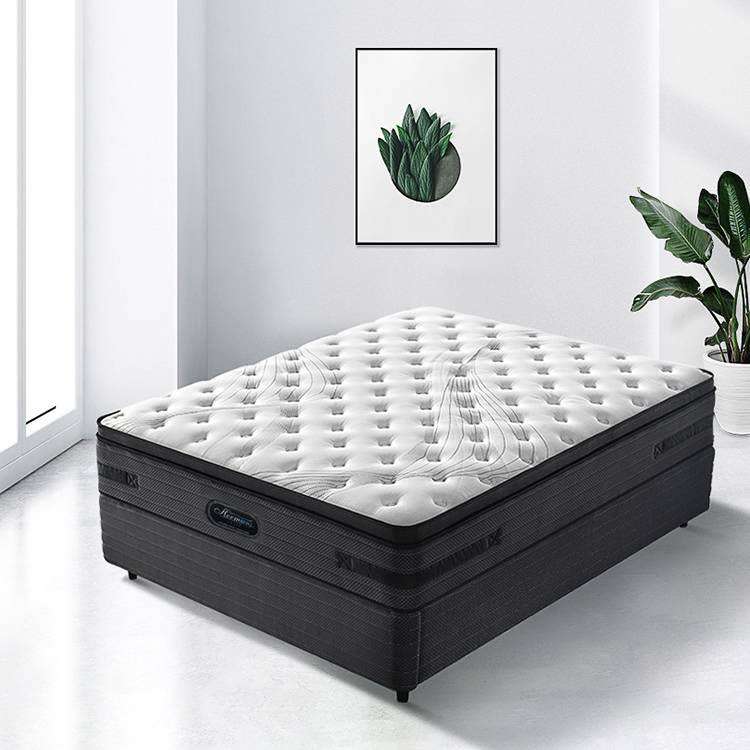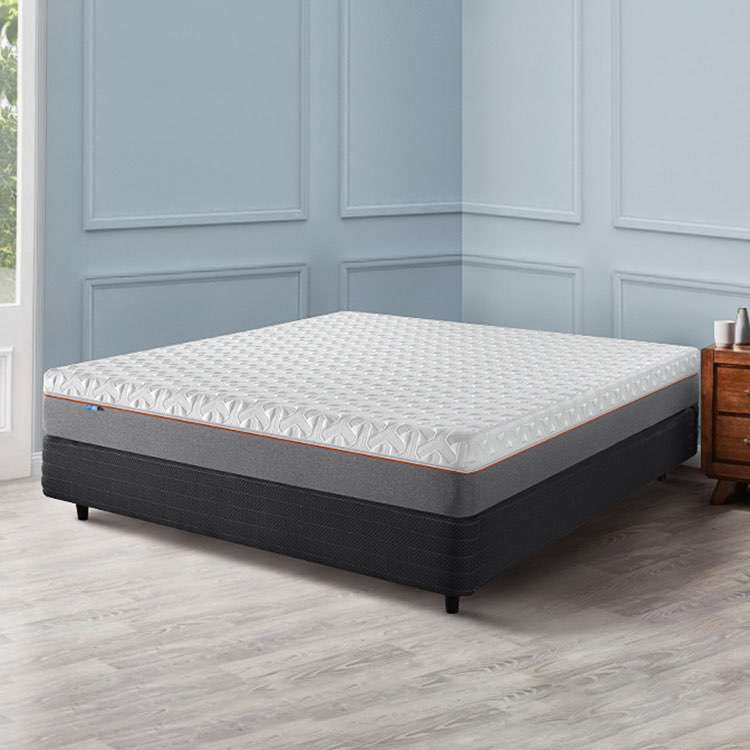How to Dry a Mattress Without Sunlight
 Foshan LEIZI Furniture Co., Ltd
Foshan LEIZI Furniture Co., Ltd  September 06,2024
September 06,2024
What Are the Common Causes of Damp Mattresses?
What Is the Importance of Drying Mattresses?
What Are Some Ways to Dry a Mattress Without Sunlight?
What Are the Ways to Prevent a Wet Mattress?
Mattresses are an extremely important part of our lives, providing us with comfort and good sleep support. However, if a damp mattress can't rely on sunlight to dry it, it can be a real challenge. It is essential to understand the causes of moisture in the mattress and how to dry a mattress effectively in the absence of sunlight and prevent it from getting wet. This article will tell you how to dry your mattress in wet conditions and make sure your mattress is dry, clean and comfortable.
What Are the Common Causes of Damp Mattresses?
High Ambient Humidity
High humidity levels in the environment can lead to a damp mattress. This is especially common in areas with humid climates, where the air is saturated with moisture, making it difficult for mattresses to stay dry.
Body Moisture
During sleep, which we might not normally notice, the average person sweats about 560ml per night. Sweat can seep into the mattress, especially if the mattress is not designed to drain moisture effectively. Over time, sweat can cause the mattress to be damp, creating an uncomfortable sleeping environment and potentially breeding mold and bacteria. In this case, it will be helpful to know how to dry the mattress without sunlight.
Liquid Splashing
Accidental spills of other fluids or a child's urine are another common cause of soggy mattresses. Any liquid spilled on the mattress can seep into the surface of the mattress, causing it to get wet. If not cleaned and dried in time, these liquids can cause persistent moisture and potential mold growth on the mattress, damaging the mattress and causing unhygiene. Knowing how to dry your mattress quickly is crucial to extending the life of your mattress.
Poor Ventilation
Lack of proper ventilation in the bedroom can also lead to damp mattresses. Good ventilation is essential to prevent the build-up of moisture. Poorly ventilated rooms, such as closed Windows, can cause moisture to accumulate in the mattress. Making sure your bedroom is adequately ventilated can help keep your mattress dry and your bedroom comfortable overall. Can learning how to dry mattresses effectively mitigate the effects of poor ventilation
Mattress Quality Problem
Some mattresses are more susceptible to moisture due to material and construction. Low-quality mattresses may not be breathable enough, making them more susceptible to moisture. Understanding the characteristics of mattresses made of different materials can help you choose the right drying method.
Structural Design Factor
The design and construction of the mattress can also accumulate moisture. Mattresses that are not properly breathable or that are made of dense, breathable materials are more likely to retain moisture. Understanding how to dry the mattress according to the structural design of the mattress can improve the drying effect of the mattress.
What Is the Importance of Drying Mattresses?
Damp Mattresses Breed Bacteria
Damp mattresses provide an ideal environment for bacteria and mold growth. These microbes can cause health problems, including respiratory and skin problems. Knowing how to dry your mattress without sunlight can help maintain a healthy sleeping environment.
Easily Lead to Poor Sleep Quality
Sleeping on a damp mattress can significantly affect your sleep quality. The discomfort of a wet sleeping surface can disturb your sleep, leaving you feeling tired and unrested. Learning how to dry a mattress ensures a comfortable and restful sleep.
Can Cause Allergic Reactions
Mold on damp mattresses can trigger allergic reactions. Symptoms may include sneezing, itching and difficulty breathing, which can be especially troublesome for people with asthma or other respiratory conditions. Knowing how to dry your mattress effectively can prevent these health problems.
Prolong Mattress Life
Keeping your mattress dry helps extend its lifespan. Moisture can degrade the materials, leading to sagging, odors, and a decrease in overall comfort and support. Learning how to dry a mattress properly can help you maintain its structural integrity and comfort.
What Are Some Ways to Dry a Mattress Without Sunlight?
Use Electric Fans or Air Conditioners to Adjust Indoor Humidity
An effective way to dry a mattress in an area without sunlight is to use an electric fan or air conditioner to reduce the humidity in the room. Pointing an electric fan directly at a humid area will speed up water evaporation. An air conditioner will lower the humidity throughout the room, which will help the mattress dry faster. This method is often recommended when trying to figure out how to dry a mattress effectively.
Use an Electric Blanket or Heater
Heat also helps dry the mattress. A low-temperature electric blanket can help evaporate moisture. Placing a heater at a safe distance can also speed up the drying process. However, it's important to avoid overheating, which could damage the mattress material or cause a fire. This is an important step in learning how not to dry your mattress in the sun.
Use a Desiccant
Moisture absorbers absorb moisture from the air. Moisture can be absorbed by placing silica gel bags, kitty litter clay, or specially designed desiccants in and around a damp mattress. This method is especially effective in damp areas. Adding a dehumidifier to your mattress drying regimen is also effective.
What Are the Ways to Prevent a Wet Mattress?
Turn the Mattress Regularly
Regularly turning and flipping your mattress can help distribute wear and moisture evenly. This practice can prevent moisture from accumulating in one area and reduce the risk of dampness. It also aids in understanding how to dry a mattress more effectively.
Clean Mattress Regularly
Regular cleaning prevents moisture build-up. Remove dust and debris from the surface of the mattress with a hoover. To prevent moisture from penetrating deeper into the mattress, stains should be washed immediately with a mild detergent and water. Learn how to dry your mattress before it gets wet.
Protect Your Mattress with a Mattress Cover
Waterproof mattress covers protect against water leaks and mattress moisture. Waterproof mattress covers are breathable but do not allow liquids to pass through, protecting the mattress from moisture. It is important to know how to dry the mattress cover to make it more effective.
Keep Your Bedroom Dry and Ventilated
A well-ventilated bedroom will help prevent your mattress from drying out. Use a dehumidifier to regulate humidity and open windows on sunny days to allow fresh air to circulate. These can dry out the mattress and keep it dry.
Conclusion
In conclusion, to maintain a healthy and comfortable sleeping environment, it is important to understand how to dry your mattress without sunlight and to take steps to prevent moisture in your mattress. Understanding the causes of mattress moisture and using effective drying methods such as fans, heaters and dehumidifiers will help keep your mattress dry. We at LEIZI Mattress Factory have a wide selection of breathable mattresses for you to choose from, so feel free to click through to our website to check them out. Additionally, preventative measures such as regular cleaning, use of mattress covers and adequate ventilation will also help to keep moisture out of your mattress. By following these mattress drying tips, you can extend the life of your mattress and enjoy a better quality of sleep.
FAQ
Q1: What can I use to dry my mattress without sunlight?
A1: Use electric fans, air conditioners, an electric blanket on low, or desiccants like silica gel packs to dry the mattress.
Q2: How can I prevent my mattress from getting damp?
A2: Turn and clean your mattress regularly, use a waterproof cover, and keep your bedroom well-ventilated with dehumidifiers.
Q3: Why is it important to dry my mattress?
A3: A dry mattress prevents mold, bacteria, and allergens, ensuring better sleep quality and extending the mattress's lifespan.














